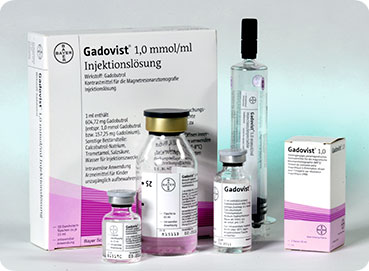

It is named after the mineral gadolinite, one of the minerals in which gadolinium is found, itself named for the Finnish chemist Johan Gadolin. Gadolinium was discovered in 1880 by Jean Charles de Marignac, who detected its oxide by using spectroscopy. When separated, it usually has impurities of the other rare-earths because of their similar chemical properties. It is found in nature only in an oxidized form. Above this temperature it is the most paramagnetic element. Gadolinium below its Curie point of 20 ☌ (68 ☏) is ferromagnetic, with an attraction to a magnetic field higher than that of nickel. Gadolinium reacts with atmospheric oxygen or moisture slowly to form a black coating. It is only slightly malleable and is a ductile rare-earth element. Gadolinium is a silvery-white metal when oxidation is removed. Ultimately, while these may provide temporary relief from symptoms, they do not cure the disease.Gadolinium is a chemical element with the symbol Gd and atomic number 64.
#Gadolinio contraste skin#
Other therapies that have been tried include skin therapies such as saunas and Epsom salt baths. Furthermore, chelation can also rob tissues of vital nutrients, such as calcium and zinc. So far, no chelation procedure has successfully removed 100 percent of the gadolinium toxicity. Chelation, the administration of substances that bind to heavy metals and allows them to be excreted through the urine, has been used in patients with mixed results. Treatments are available if gadolinium toxicity is caught early on. Several lawsuits have been filed because of these side effects. Patients suffering from NSF experience chronic headaches, bone and joint pain, and clouded mental acuity. Eventually, this condition spreads to the bones and internal organs, including the brain. This calcification leads to the development of nephrogenic systemic fibrosis (NSF), which results in hardening of the skin and contraction of the joints. A Japanese study published in the Journal of Dermatological Science in April 2011 found a strong association between gadolinium and “abnormal calcification” in skin cells that generate connective tissue and enables damaged skin to heal. Scientists have determined that gadolinium interferes with the way human physiology processes and utilizes calcium. Two manufacturers of linear GCBA have voluntarily ceased marketing their products last year. The European Medicines Agency currently prohibits the use of linear GCBAs. This means that more gadolinium is released into the bloodstream and tissues – making it virtually impossible to remove. However, linear GBCAs are far less stable than the macrocyclic form. In other words, the amount of time required for half of a given amount of an element to decay or leave the tissues. Manufacturers have claimed that linear GBCAs are eliminated from the body much faster, with a half-life of no more than two hours. This makes chelation more effective when it comes to removing the substance through the kidneys. Macrolytic GCBAs are less toxic than linear because the molecules remain intact. GCBAs come in two varieties: linear and macrocyclic. It has now been demonstrated, however, that even patients with functioning kidneys are at grave risk for gadolinium poisoning. This was one reason that manufacturers of gadolinium-based contrast agents (GBCAs) claimed that as long as a patient had healthy kidney function there was little danger of gadolinium toxicity. This toxicity can be mitigated through the process of chelation, which causes gadolinium molecules to bind to a chemical agent which then allows it to be excreted through the kidneys. Otherwise, hydrogen atoms are magnetized by the radiation used in X-rays and MRIs, making it difficult to obtain a clear image.įirst identified in 1880 by Swiss chemist Charles Galissard de Marignac, gadolinium in water-soluble form is normally quite toxic. Gadolinium essentially “calms” the hydrogen atoms contained in the water of bodily tissues. The properties of gadolinium have made it especially useful in medical imaging technology. It is used in superconductors, catalytic converters, lasers, and high-flux magnets. Gadolinium is a “rare earth” metal or a lanthanide.


 0 kommentar(er)
0 kommentar(er)
